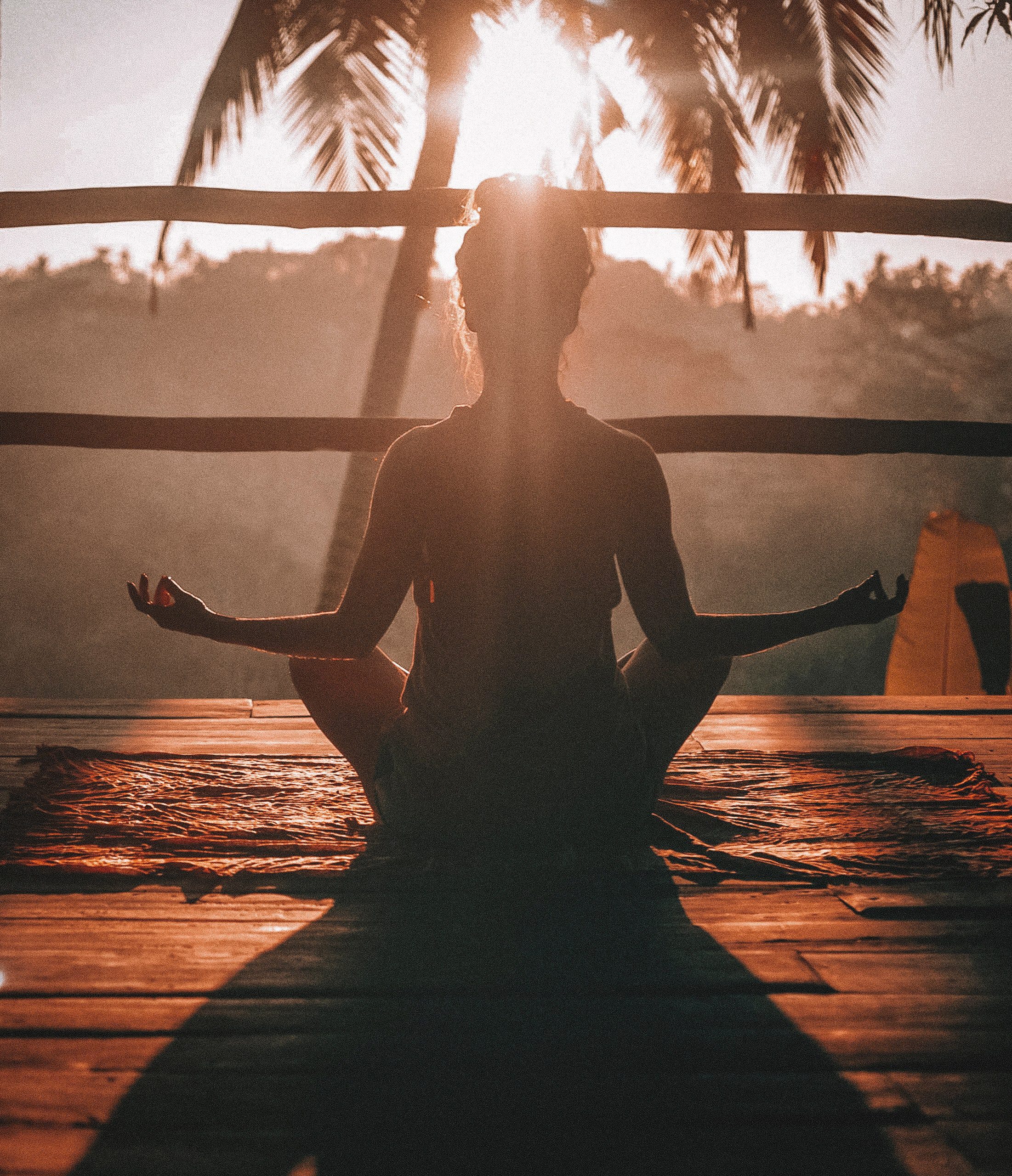The lighting you use in your home and office can have significant effects on mental and physical health. It can affect our mood, it can reduce or increase eye strain and it is directly associated with our productivity.
With lighting playing such a big role in how we live, it’s important to illuminate spaces correctly. Here are some tips that will help you create a lighting design that is beneficial to wellbeing.
Light and Health, What’s the Connection?
Let’s start by talking about lighting and mental health.
While a rainy day is nice occasionally, most of us are cheered by sunshine. In fact, there are some that have Seasonal Affective Disorder (SAD) which is a type of depression caused by gloomy winter months.
A gloomy home or workspace has a similar affect. It can greatly reduce mood. Brighter spaces, on the other hand, can cheer us up.
When it comes to physical health, the most direct connection is eye strain. A poorly lit room makes it difficult to read papers and see devices. Eye strain can occur, and you can also hurt your neck or back as you move to try and get a better view.
If you are unable to see, it may also negatively affect productivity which can be frustrating to yourself and your colleagues.
What is the Best Way to Light Your Space?
So what is the best way to light your space to boost mental and physical health? Here are few suggestions.
Controllable Lighting: Controllable lighting that can be dimmed and adjusted is ideal as it allows people to set it in accordance with current conditions. It also makes workers feel more in control of their environment. It has been shown that employees that have lights they can control themselves are happier in the workplace.
Blue Lighting: There is evidence that workers are happier in environments where there is more of a blue tone to their lighting. It especially lifts moods later in the day when the sun is starting to fade.
Sufficient Light: It goes without saying that all areas should be well lit, especially in areas that need light. This includes kitchens, reading areas and workspaces.
Natural Light: Natural light is the most effective when it comes to boosting mood. If you don’t have enough available, you can install lighting that simulates a natural effect.
Attractive Lighting: Attractive lighting can also lift moods. Use lights that fit the aesthetic that you prefer. If you are lighting an office, complement harsh fluorescents with attractive desk lamps.
There is a direct correlation between lighting and mood and physical health. The tips in this article will help you create a design that boosts wellness on all levels. How will you be updating the next time you remodel?
Talk to us here


